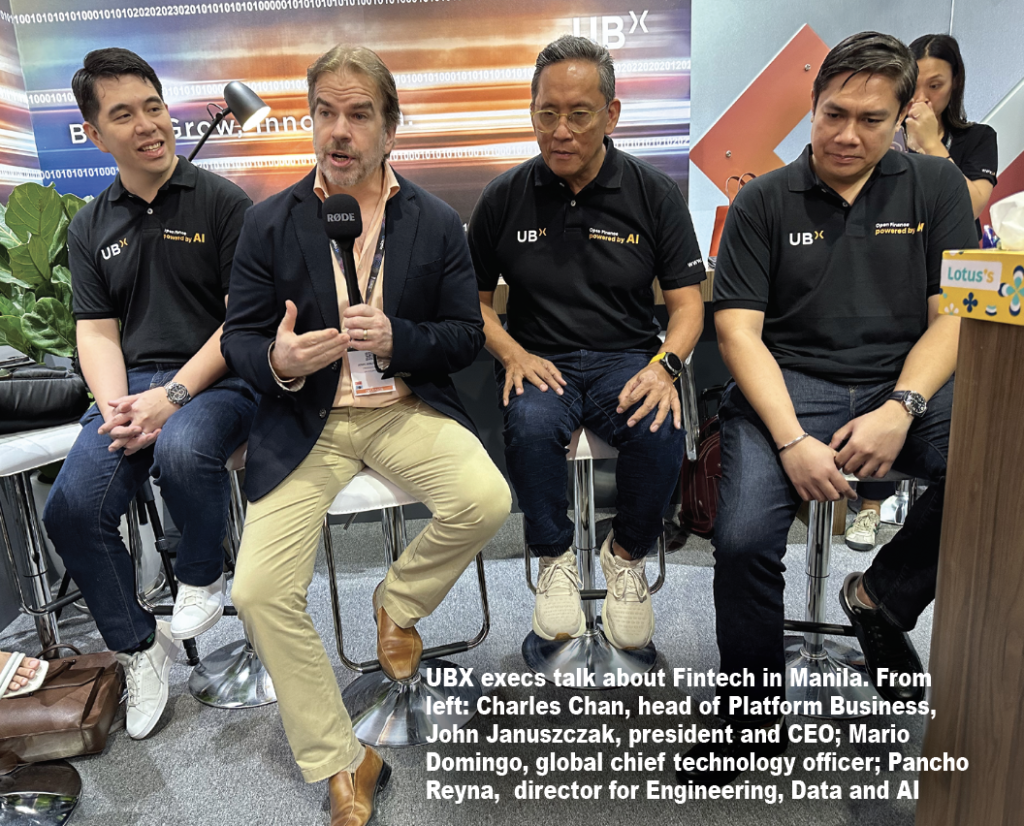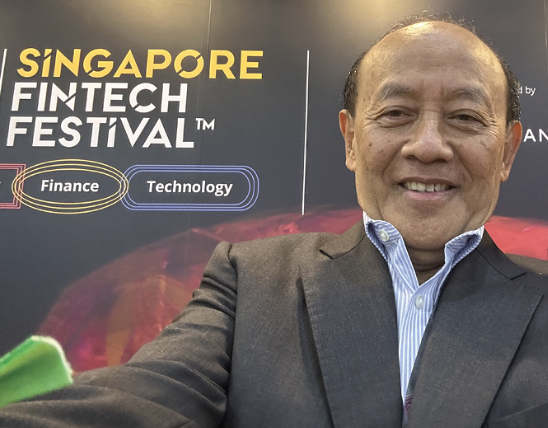By Antonio S. Lopez

I was in Singapore for the Singapore Fintech Festival, Nov. 14-17, 2023. Just like my recent visit to the headquarters of a couple of Chinese tech companies in Shenzhen, China, one hour by bus from Hongkong, I was disappointed after spending two days at the Singapore Fintech.
The world is leaving us behind in digitalization in general and in fintech in particular. The future of the Philippines will be anchored on three factors: one, information technology and digitalization; two, food sufficiency; and three, green energy. Sadly, in the ASEAN, the Philippines is a laggard on all three fronts.
Our fixed broadband penetration is only 33% of total households of 24 million. That means more than 16 Filipino homes have no internet, disconnected from the world at large.
In contrast, China has fixed broadband penetration of 113%, Vietnam 76, Thailand 58, Mongolia 52, and Malaysia 50%. This is the latest World Bank data. In broadband quality, the Philippines has among the poorest—92%, lower than Thailand’s 211 median download speed (Mbps), China’s 194, Malaysia’s 96, and Vietnam’s 94.
Pinoys pay 11x income for internet
In terms of cost, measured as a percent of their gross national income per capita, Filipinos pay exorbitant prices. The Philippine GNI per capita is $3,891, current prices. Filipinos pay 11.6% of that or $451.35 in broadband cost.
The Chinese pay their internet service, the equivalent of just 0.5% of their per capita income; Mongolian 1.9, the Thais and Vietnamese 3.5, Malaysians 2.3, and Indonesians 7.6%.
In the same World Bank October 2023 study, for every 100 Filipinos, there are 62 mobile broadband

THE AUTHOR in Singapore FinTech
subscribers. The 62/100 mobile broadband ratio pales in comparison with the 125 in Malaysia, 116 in Mongolia, 115 in Indonesia, 112 in Thailand, 102 in China, and 88 in Vietnam.
The quality of Filipinos’ mobile broadband is also below average, just 26 median download speed (Mbps), compared with 95 in China, 49 Malaysia, 48 Vietnam, and 41 in Thailand.
Mobile broadband cost
Philippine Mobile broadband cost is also oppressive—2% of per capita gross national income (GNI). That is 4x the cost in China and Vietnam, 1.4x Thailand’s, 2x Malaysia’s, and 2.2x Indonesia’s.
In effect, Filipinos pay more than twice, in penalty costs (high price plus low quality), of what their ASEAN neighbors get in broadband service. The ASEAN average is one-third of our cost but 3x better in quality.
Meanwhile, 25% of Filipinos’ food needs are imported. Ten percent of Filipinos or 15 million Filipinos experienced involuntary hunger in the previous three months this year.
On green energy, we are supposed to have 10,000 megawatts (MW) of new power capacity between now and 2028; plus 4,083 MW of renewables (hydro, solar, wind, and battery storage) during the same period.
The bad news is old power sources (fossil) like coal, oil and natural gas are still cheaper than RE sources which at the same time are only 25% reliable. You don’t get your wind or your sun 75% of the time you need it. Plus you pay higher in prices.
National ID
After five years (from 2018) rolling out the National ID System, all many Filipinos have is a piece of photocopy paper that masquerades as an ID. A digital ID by its very definition is paperless. Why does the government give us a piece of paper the size of a short bond paper? I am not even talking about monkeys who were able to obtain national IDs, which shows you how porous the system is.
PhilSys claims to have registered 81million Filipinos by last October 6, 2023. That’s registered. Many enrollees have had to wait more than a year for their actual IDs. What many got is a piece of photocopy bond paper for a system that is supposed to be paperless. Cannot PhilSys simply viber the IDs so people can store their IDs on their cellphones?
The World Bank last September 2023 lent the Philippines $600 million to speed up digitalization.
“Greater adoption of digital technology can improve the efficiency and transparency of government services, empowering individuals who were previously far away from decision-making centers,” says Ndiamé Diop, World Bank country director for Brunei, Malaysia, the Philippines, and Thailand. “Digitalization can also drive productivity growth, by reducing operating costs for firms and enhancing their resilience and preparedness for future crises.”

Cash transactions
According to the World Bank, “widespread adoption of digital payments in the Philippines is essential for the development of a digital economy, benefiting millions of citizens and small businesses. Currently, cash is the dominant form of payment for over-the-counter purchases in grocery stores (95%), government service payments such as driver’s licenses or birth certificate issuance (97%), and government fees and penalties like traffic violation tickets (88%).”

Globally, the bank notes, economies that rely heavily on cash payments can incur costs of up to 0.1% of general government revenues for handling cash. Additionally, there are indirect costs associated with cash transactions, including a higher risk of fraud and corruption, delays in delivering frontline services, and increased business expenses.
Internet use in the Philippines has experienced rapid growth in recent years, concedes the World Bank.
However, the bank frets that “the country has not fully capitalized on the advantages of digital technology, and the high cost of Internet access poses challenges for small businesses in utilizing digital technology and expanding their operations.”
As a result, the bank points out, “only a small percentage of small businesses have been able to fully embrace digitalization. One in three adults still doesn’t have a transaction account with a financial institution.”
The World Bank’s $600 million loan will support Philippine reforms that aim “to enhance competition and invest in broadband services to reduce the cost and improve the quality of services and increase access.”
